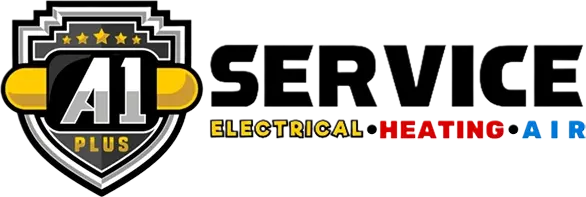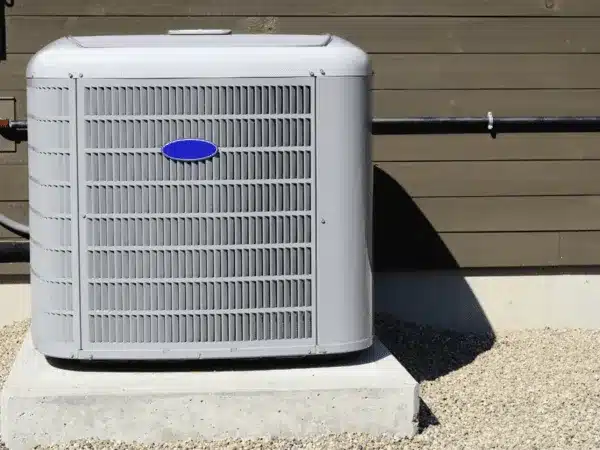For many homeowners, the HVAC system is a key component of their comfort. However, like any complex machinery, it can encounter issues. Understanding how to identify and troubleshoot common problems can save time, money, and discomfort. Yet, it’s equally important to recognize when a problem is beyond a simple fix and requires professional expertise. This guide will explore common HVAC problems, how to address them, and the signs that indicate the need for a professional repair.
Common HVAC Problems and Troubleshooting Tips
1. Faulty Thermostat
A malfunctioning thermostat can lead to issues such as the HVAC system not turning on or not producing the desired temperature.
Troubleshooting:
- Ensure the thermostat is set to the correct mode (heating or cooling) and that the temperature setting is appropriate.
- Check the batteries in a battery-operated thermostat.
- Verify that the circuit breaker hasn’t tripped and that the power supply to the HVAC system is on.
2. Clogged Filters
Dirty or clogged air filters can restrict airflow, reducing efficiency and straining the system.
Troubleshooting:
- Regularly replace or clean (if reusable) air filters every 1-3 months, depending on use and type.
- Check for visible blockages and remove any accumulated dust or debris.
3. Refrigerant Leaks
Low refrigerant levels, often due to leaks, can impair the system’s ability to cool the air effectively.
Troubleshooting:
- Look for signs of leaks, such as hissing sounds or ice buildup on the refrigerant lines.
- Refrigerant handling is a task for professionals due to its hazardous nature and the need for precise charging.
4. Poor Airflow
Inadequate airflow can result from several issues, including blocked vents, a failing fan motor, or ductwork problems.
Troubleshooting:
- Ensure all registers and vents are open and unobstructed.
- Inspect the ducts for any visible signs of damage or disconnection.
5. Unusual Noises
Strange sounds like banging, whistling, or grinding can indicate mechanical issues within the system.
Troubleshooting:
- Identify the type of noise to help pinpoint the problem. For example, a squealing sound might suggest a belt issue.
- Inspect accessible parts for any obvious signs of wear or damage.
When to Call a Professional for HVAC Repairs
While basic troubleshooting can be handled by most homeowners, certain situations require the expertise of a professional HVAC technician. Here are signs that it’s time to make the call:
1. Persistent Issues
If the same problem recurs despite your troubleshooting efforts, it’s a sign that a deeper issue exists, necessitating professional diagnosis and repair.
2. Poor Performance After Basic Troubleshooting
If the system continues to underperform after checking the thermostat, replacing filters, and ensuring proper airflow, a professional can assess and address less obvious issues.
3. Electrical Problems
Any issues involving the electrical components of the HVAC system, such as frequent breaker trips or visible wiring damage, should be handled by a professional to avoid safety hazards.
4. Refrigerant Handling
Due to its hazardous nature and the need for precise handling, any task involving refrigerant (such as refilling or repairing leaks) should be entrusted to a certified technician.
5. Strange Noises or Smells
Unusual noises or odors emanating from the HVAC system can indicate serious problems that require professional attention.
Conclusion
While some HVAC issues can be effectively addressed with simple troubleshooting, knowing when to call a professional is crucial for maintaining the system’s safety, efficiency, and longevity. Regular maintenance by a qualified technician can prevent many common problems and help identify potential issues before they escalate. By understanding your HVAC system’s basic operations and maintenance needs, you can ensure a comfortable and healthy home environment year-round. Remember, when in doubt, the expertise of a professional is just a call away.



